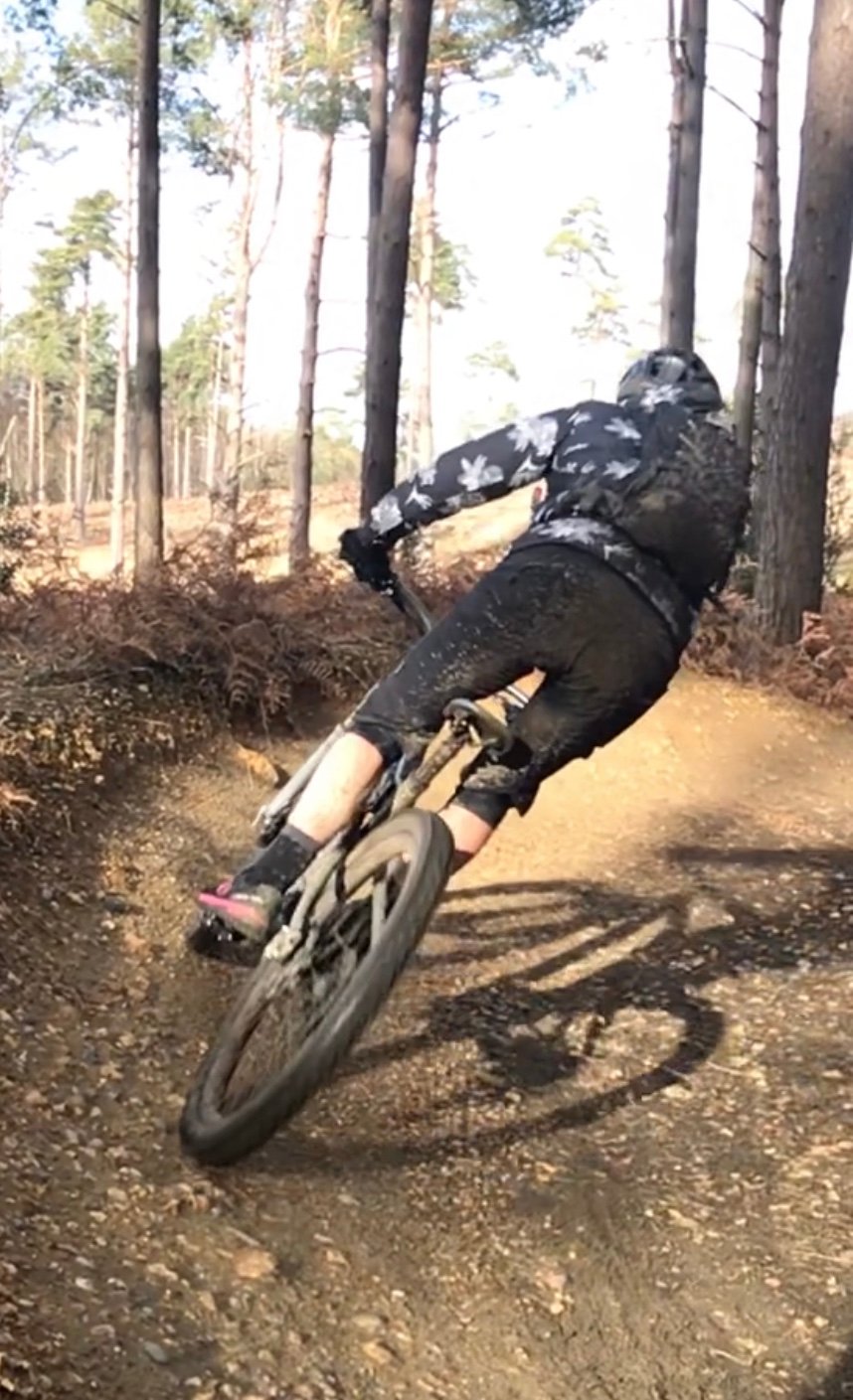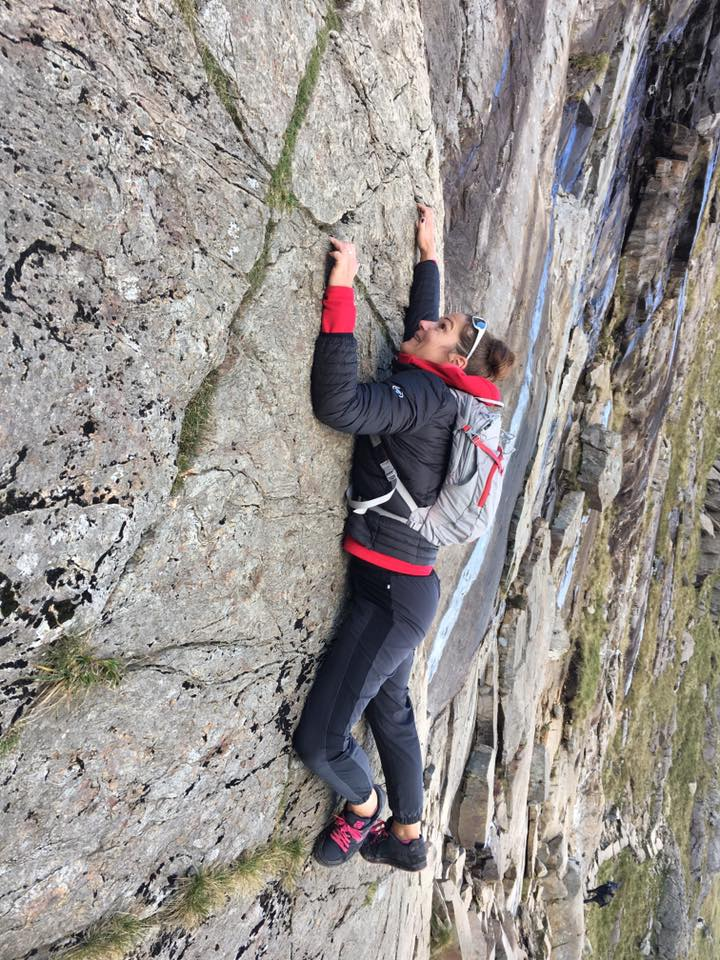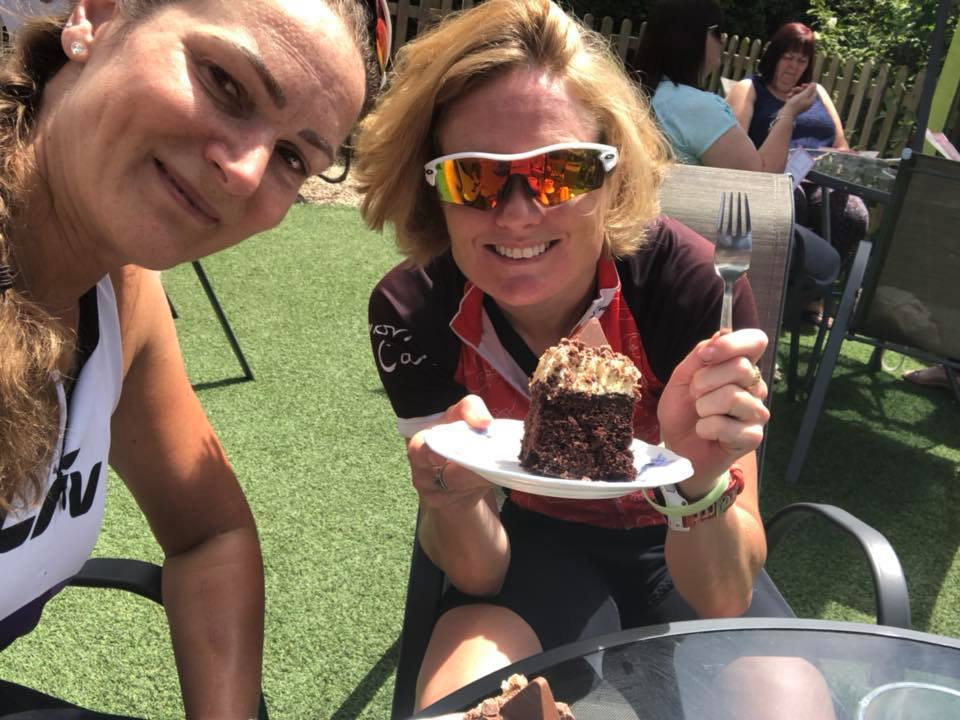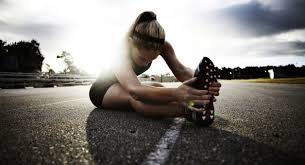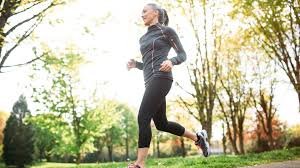A common mistake is to either take an unstructured break after the last race and then ramp back up to specific training or carry-on training as hard as too scared to lose fitness.
What should happen is to take 2-3 bridging weeks after your last race. This means that after your last race, the first 2 days keep moving, with either light walking, yoga or a VERY EASY bike ride to get the blood moving to aid recovery and less stiffness. Then you can take the rest of the week off! This will help get the adaptations from the race and give you a break mentally. Now some of you might need a couple of weeks off, maybe even 3 or 4 just to get a mental and physical break from a long season. Others might need or want less. Remember we are all individuals and different methods suit different athletes BUT don’t leave it too long as you will lose fitness (even though we are not chasing fitness during this time, we don’t want to lose all your fitness) and miss the opportunity of what I am about to explain later.
For most of you the first week you start back will be some light maybe social training giving yourself a break from the Garmin (if you can)! But nothing massively structured, maybe some different sports (climbing, gravel biking, MTB, yoga, hiking etc). Then we will start bringing in a little bit more structure but low pressure, this is a good week to start thinking and discussing with your coach next season’s goals and some micro goals. Then after that, it’s back into post-season structured training which will continue through to late January when the build phase starts. After the build comes Race Specific (this is the wording I use, other coaches might use a base 3 and then build 1, build 2 is their race-specific then Peak/Taper).
Now to discuss what POST-SEASON entails. THIS IS NOT THE TIME TO BE CHASING FITNESS GAINS! It is about building the foundations! It creates a base from which to see increased fitness gains when the race season prep work begins.
Post-Season is a REALLY important phase of your training because it is the time we build resilience! This is the time we focus on STRENGTH & CONDITIONING, MOBILITY, COORDINATION & STABILITY. To get all your joints moving in a full range and build strength around the joints as well as the assisting muscles that tend to be weaker, as well as build your balance and coordination as all this will prepare your body for the extra load/volume that will come during the build phase onwards and help prevent injuries!
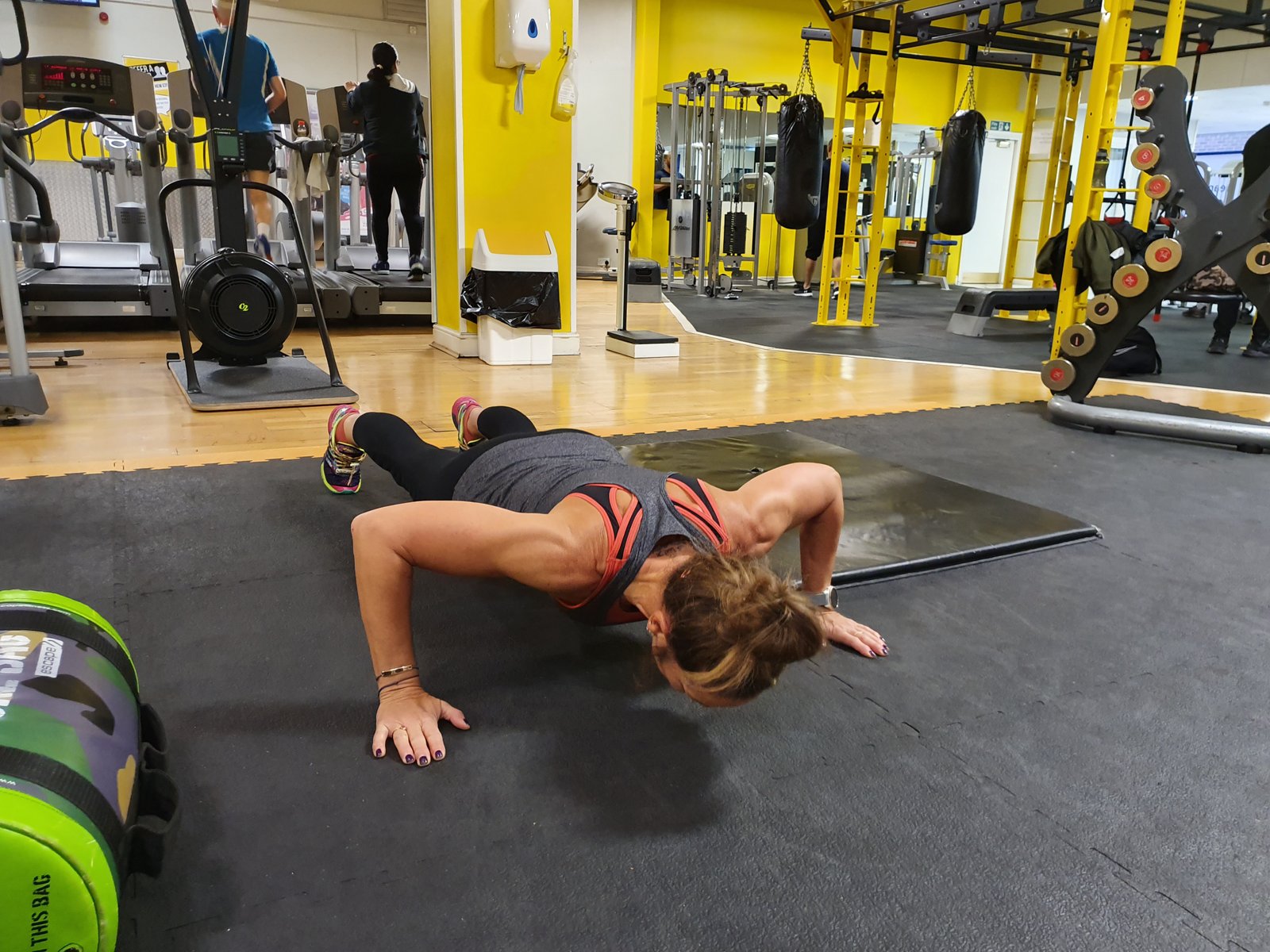
Post-Season is also the time we will work on TECHNIQUE AND SKILLS DEVELOPMENT, all of the disciplines have techniques and skills and improving these areas will improve your performance and the off-season is the time to focus on them. Swimming is the most technical of all the 3 disciplines but biking and running also have a technique that we need to improve, and cycling has a lot of skills involved if you want to take it to another level.
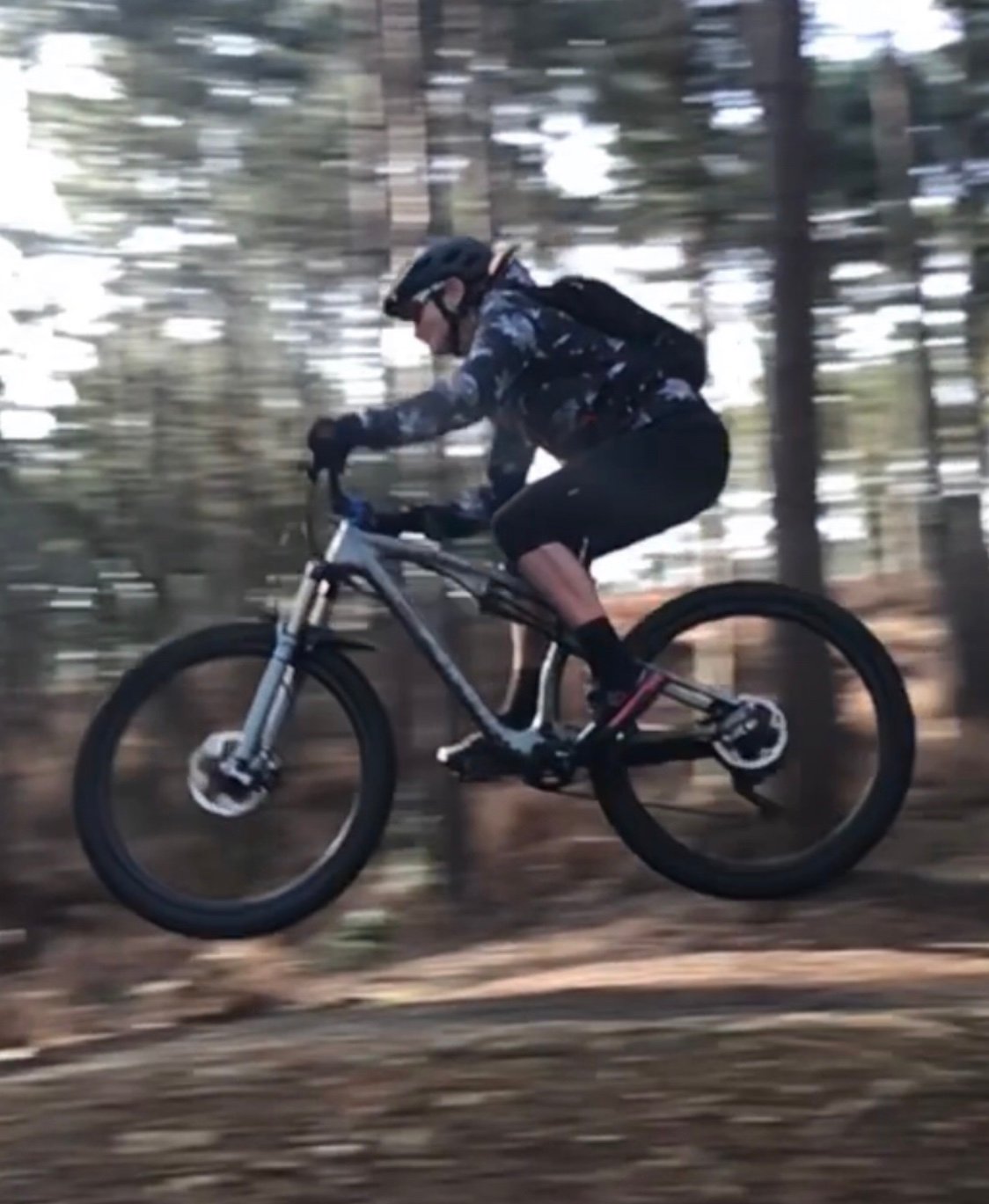
This is also the time we will develop your ability to train in those low training zones (Z2 & below) & some sessions in the high training zones with short intervals (Z5) as I know athletes struggle running slow and some also pushing themselves hard. What tends to happen is there is a lot of training in the grey zone (Z3) which doesn’t give much fitness benefits as it is too easy to be hard and too hard to be easy so you just end up training fatigued. So, the post-season is the time to work on nailing that Z2 training where you will improve your aerobic endurance and end up running faster at a lower heart rate! The short sprint interval sessions will blow some cobwebs away as well as improve neurological conditioning, increase the ceiling of your physiological performance, and test your technique. Because these types of sessions are intense your overall weekly load will be lower than when you are in the build/race-specific phase. This also gives you more free time to fit extra social time in.
This is an overview of what I put in my athlete’s post-season:
- Technique and Skill development.
- Building resilience in your muscles, tendons, and ligaments to help reduce injury when training load ramps up during the build phase.
- A bigger focus on strength, conditioning, mobility, stability & coordination.
- An option to introduce other related sports (ie cycle cross, gravel biking, MTB, trail running etc)
- Lower training load so more free time
- Some High-Intensity Sessions
Remember post-season training is essential if you want to achieve your performance goals and get to your races physically stronger with a reduced risk of injury along the way. But it is also a time to get some emotional & physical rejuvenation.
